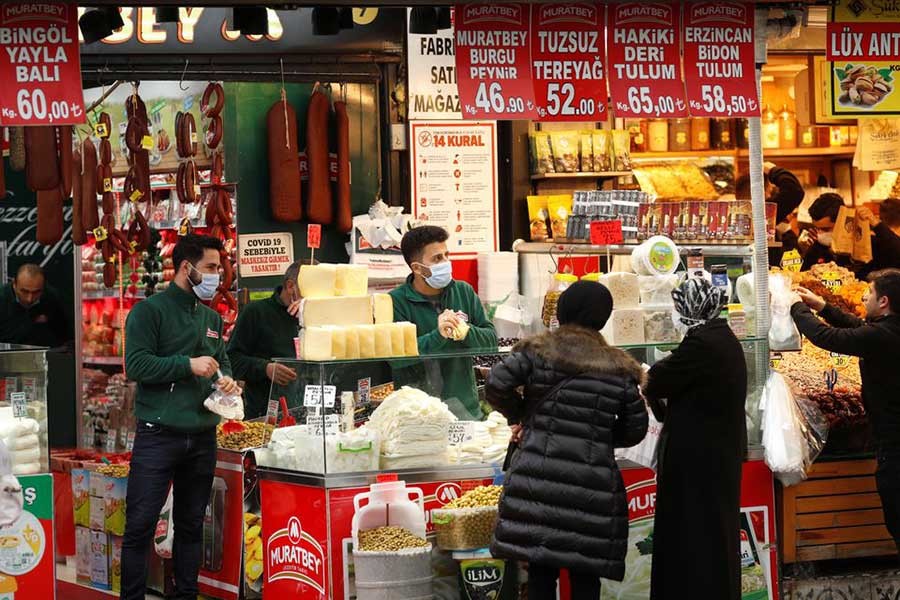World food prices rose in May at their fastest monthly rate in more than a decade, posting a 12th consecutive monthly increase to hit their highest level since September 2011, the United Nations food agency said on Thursday.
The Food and Agriculture Organization (FAO) also issued its first forecast for world cereal production in 2021, predicting output of nearly 2.821 billion tonnes -- a new record and 1.9 per cent up on 2020 levels.
The food price index of FAO that measures monthly changes for a basket of cereals, oilseeds, dairy products, meat and sugar averaged 127.1 points last month versus a revised 121.3 in April. The April figure was previously given as 120.9. On a year-on-year basis, prices were up 39.7 per cent in May.
FAO's cereal price index rose 6.0 per cent in May month-on-month and 36.6 per cent year-on-year. Maize prices led the surge and are now 89.9 per cent above their year-earlier value, however FAO said they fell back at the end of the month, lifted by an improved production outlook in the United States.
The vegetable oil price index jumped 7.8 per cent in May, lifted primarily by rising palm, soy and rapeseed oil quotations. Palm oil prices were boosted by slow production growth in southeast Asia, while prospects of robust global demand, especially from the biodiesel sector, drove up soyoil prices.
The sugar index posted a 6.8 per cent month-on-month gain, due largely to harvest delays and concerns over reduced crop yields in Brazil, the world's largest sugar exporter, FAO said.
The meat index rose 2.2 per cent from April, with quotations for all meat types buoyed by a faster pace of import purchases by East Asian countries, mainly China.
Dairy prices rose 1.8 per cent on a monthly basis and were up 28 per cent on a year earlier. The increase was led by "solid import demand" for skim and whole milk powders, while butter prices fell for the first time in almost a year on increased export supplies from New Zealand.
FAO said its forecast for record world cereal production this year was underpinned by a projected 3.7 per cent annual growth in maize output. Global wheat production was seen rising 1.4 per cent year-on-year, while rice production was forecast to grow 1.0 per cent.
World cereal utilisation in 2021/22 was seen increasing by 1.7 per cent to a new peak of 2.826 billion tonnes, just above production levels. "Total cereal food consumption is forecast to rise in tandem with world population," FAO said.


